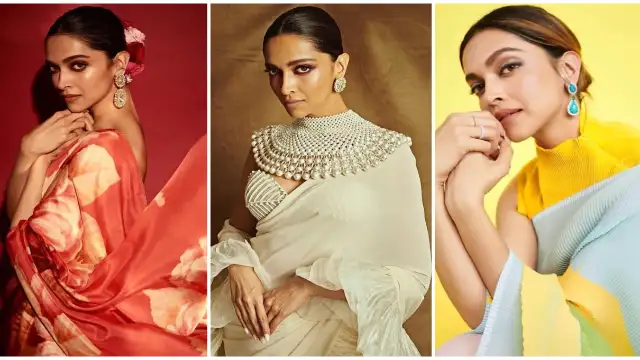Haldi, also known as turmeric, is an important ingredient in Indian cuisine, and holds significant cultural and religious significance in Indian traditions. In recent times, the use of haldi has transcended beyond just the kitchen and has become an integral part of Indian weddings, where it is used in various ceremonies and rituals. One such ritual is the Haldi ceremony, which is a pre-wedding ritual where turmeric paste is applied to the bride and groom’s body to bring prosperity and happiness to their married life. The Haldi saree, also known as the Haldi ceremony saree, is a special type of saree worn by the bride during the Haldi ceremony. Typically, the Haldi saree is made of lightweight materials such as cotton or chiffon, and features bright and vibrant colors such as yellow, orange, and gold. The saree is also adorned with intricate embroidery or prints that add to its beauty and elegance.
The Haldi ceremony is a joyous and fun-filled event, and the Haldi saree is designed to reflect the same. The bright and cheerful colors of the saree are meant to evoke feelings of happiness and positivity. Additionally, the lightweight material of the saree allows for ease of movement, making it comfortable for the bride to partake in various ceremonies and rituals. At Indian weddings, the Haldi ceremony is an essential part of the festivities, and the Haldi saree has become a must-have attire for the bride during the ceremony. The Haldi saree is not only beautiful and elegant, but it also holds immense cultural and religious significance, making it a cherished part of Indian wedding traditions.
Diwali Saree
Diwali, also known as the festival of lights, is one of the most important festivals in India, celebrated with great enthusiasm and fervour. During this festive season, people decorate their homes with lights, candles, and colourful rangolis, and dress up in new clothes to celebrate the occasion. One of the most popular attire choices for women during Diwali is the Diwali saree, which is not only beautiful but also holds immense cultural significance. Diwali sarees are typically made of luxurious fabrics such as silk, chiffon, or georgette and are adorned with intricate embroidery or embellishments such as sequins, beads, or stones. The sarees come in a wide range of colours, from bright and vibrant hues such as red, pink, and orange, to more subtle shades such as gold, silver, and beige. Additionally, Diwali saree often feature traditional Indian motifs such as paisleys, flowers, and peacocks, which add to their elegance and beauty.
The Diwali saree is not only a stunning piece of attire but also holds immense cultural significance. During Diwali, it is customary for families to perform puja to Goddess Lakshmi, the goddess of wealth and prosperity. Women wear new clothes, including the Diwali saree, to seek the goddess’s blessings and bring good luck and prosperity to their families. The Diwali saree is also a symbol of Indian craftsmanship and heritage. The embroidery and embellishments on the saree are often done by skilled artisans who have honed their craft over generations, creating stunning works of art that are cherished and admired by people across the world. Wearing a Diwali saree is not only a way of celebrating but also a way of honouring Indian traditions.




